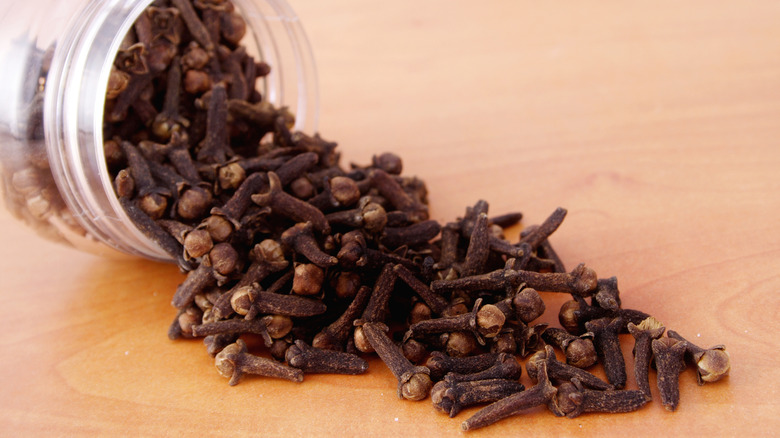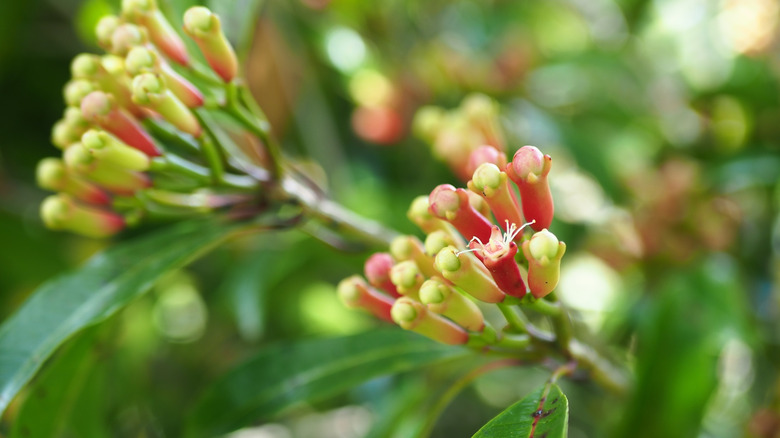Why Are Cloves So Dang Expensive?
Cloves might seem like an unassuming addition to your spice collection, but these tiny, nail-shaped buds pack a potent punch synonymous with fall baking, holiday drinks, and savory marinades. Whether they're enhancing mulled wine, anchoring a garam masala, or being used for medicinal purposes, cloves are versatile powerhouses. But have you noticed that this little spice can take a chunk out of your grocery budget?
The reason for the high cost might surprise you. It's not just about supply and demand or fancy packaging. The truth is, cloves are incredibly labor-intensive to harvest and process, making them one of the most expensive spices on the market. Every single clove you poke into your holiday ham or steep in your cider has gone through a meticulous, hands-on process that takes time, effort, and skill. The most highly valued cloves still have the oil-rich, rounded crown attached to the straight stem — it requires a delicate hand to keep them intact. So next time you gasp at the price of a small jar, remember that a lot of labor went into each little clove.
More reasons why cloves cost a pretty penny
Aside from the time and skill it takes for workers to harvest and process cloves by hand, they will make a dent in your wallet for a few more reasons. First, they come from the flower buds of the clove tree, which is only grown in a few places – primarily Indonesia and Madagascar, which are also the countries that grow the most vanilla beans. To hand pluck them, people have to climb up huge ladders and into the branches of towering trees, which can be very dangerous.
Adding to the cost is the clove tree's picky nature. It takes close to a decade for them to start producing, and they will only flower once a year. Combine this with high global demand due to the spice's versatility (cloves are essential in dishes ranging from Indian biryanis to German lebkuchen), and you've got a recipe for steep prices.
The best cloves can only be picked during a brief window. Once collected, the buds are often hand-sorted and then sun-dried to perfection, turning from green to the dark, woody brown you see in stores. This process ensures the potency of their signature flavor but is also quite slow.
But the expense doesn't stop at the harvest, as they also have to be kept cool to maintain quality even as they are shipped from remote locations. So the next time you're whipping up some tamarind-jaggery gingersnaps or blending up a batch of DIY pumpkin pie spice, remember this: These fragrant little buds are worth their weight in flavor gold.

